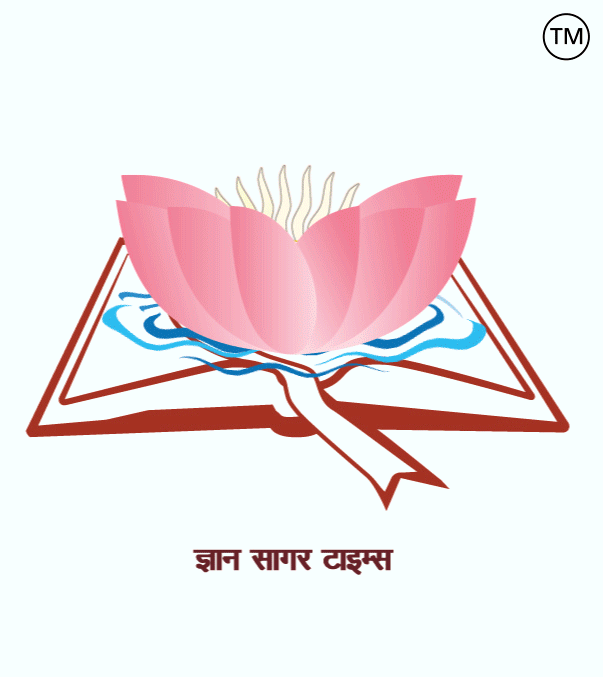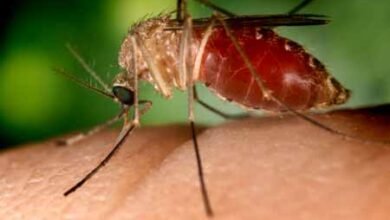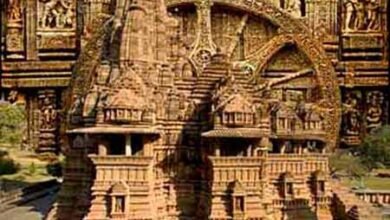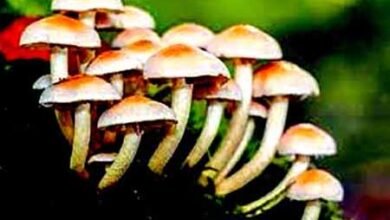
Related to Physics-175.
|
1. The heat required to change the state of matter at a fixed temperature is called that of a substance. ? = Latent heat. 2. The amount of heat required to convert a unit mass of liquid to vapour at constant temperature is called? = Latent heat of vaporization (vaporization). 3. What does calorimetry mean? = Measurement of heat. 4. How do you express relative humidity? = In percentage. 5. The specific heat of water is maximum? = 4.184 Joule or 4.2 J/g (one calorie per vapour). 6. The specific heat of ice is highest? = 336 J/g. 7. What is the speed of light in a vacuum? = 3 x108 m / sec. 8. When the refractive index is high, the speed of light decreases. ? = Of medium. 9. If light goes from one transparent medium to another transparent medium, it becomes? = Refraction. 10. Light seems to move in a straight line because it has a very small. ? = Wavelength. 11. The mirror whose reflective plane is flat when touched is called? = Plane mirror. 12. In which mirror, the image is smaller, straight and virtual than the object behind the mirror, between its pole and focus? = Convex mirror. 13. Which mirror is always divergent? = Concave mirror. 14. What is the main function of the lens? = Bending of light rays. 15. What is the unit of capacity of the lens? = Diopter. 16. Which lens is always convergent? = Convex lens. 17. How many lenses are on the same axis in the compound microscope? = Two biconvex lenses. 18. In which mirror both real and imaginary images are formed? = Concave mirror. 19. In which mirror only imaginary images are made? = Convex mirror. 20. When a light beam passes through a prism the group of colors it produces is called? = A spectrum. 21. Whose unit is lumen? = Luminous flux. 22. The amount of light entering the eye is controlled by = Iris. 23. Optical fibre works on which principle of reflection? = Total internal reflection. 24. What is the SI unit of electric potential and potential difference? = Volts. 25. What is the SI unit of electrical capacitance? = Farad. 26. What is the SI unit of resistance? = Ohm (Ω). 27. The rate of flow of electric charge in a conductor is called? = Electric current. 28. Which device measures electric current? = Ammeter 29. The device which gives the presence of electric current in an electric circuit is called? = An ammeter. 30. The device that works on the principle of electromagnetic induction is called? = An electric generator.
Prof. Amarendra Kumar. ========== ========= =========== भौतकी से संबंधित-175. 1. नियत ताप पर पदार्थ की अवस्था में परिवर्तन के लिए आवश्यक उष्मा को पदार्थ की कहते हैं? = गुप्त उष्मा. 2. नियत ताप पर द्रव के एकांक द्रव्यमान को वाष्प में बदलने के लिए आवाश्यक उष्मा की मात्रा को कहते हैं? = वाष्पन की गुप्त उष्मा. 3. कैलोरीमिति का अर्थ होता है? = ऊष्मा का मापन. 4. आपेक्षिक आर्द्रता को कैसे व्यक्त करते हैं? = प्रतिशत में. 5. पानी की विशिष्ट ऊष्मा सबसे अधिक होती है? = 4.184 जूल या 4.2 जूल/ग्राम (एक कैलोरी प्रति वाष्प). 6. बर्फ की विशिष्ट ऊष्मा सबसे अधिक होती है? = 336 जूल/ग्राम. 7. निर्वात में प्रकाश की चाल कितनी होती है? = 3 x 108 मी./से. 8. किसका अपवर्तनांक अधिक होने पर प्रकाश की चाल कम हो जाती है? = माध्यम का. 9. प्रकाश एक पारदर्शक माध्यम से दूसरे पारदर्शक माध्यम में जाता है तो उसका हो जाता है? = अपवर्तन. 10. प्रकाश सीधी रेखा में चलता प्रतीत होता है, क्योंकि इसकी क्या बहुत छोटी होती है? = तरंग दैर्ध्य. 11. स्पर्श करने पर जिस दर्पण का परावर्तक तल समतल होत है उसे क़हते हैं? = समतल दर्पण. 12. किस दर्पण में प्रतिबिम्ब दर्पण के पीछे, उस के ध्रुव एवं फोकस के बीच वस्तु से छोटा, सीधा एवं आभासी बनता है? = उत्तल दर्पण. 13. कौन-सा दर्पण सदा अपसारी होता है? = अवतल दर्पण. 14. लेंस का मुख्य कार्य होता है? = प्रकाश किरणों को मोड़ना. 15. लेंस की क्षमता का मात्रक होता है? = डायोप्टर. 16. कौन-सा लेंस सदा अभिसारी होता है? = उत्तल लेंस. 17. संयुक्त-सूक्ष्मदर्शी में एक ही अक्ष पर कितने लेंस लगे होते हैं? = दो उत्तल लेंस. 18. किस दर्पण में वास्तविक एवं काल्पनिक दोनों प्रतिबिम्ब बनते हैं? = अवतल दर्पण. 19. किस दर्पण में केवल काल्पनिक प्रतिबिम्ब बनते हैं? = उत्तल दर्पण. 20. जब प्रिज्म से प्रकाश किरण गुजरती है तथा रंगों का जो समूह उत्पन्न होता है उसे कहते हैं? = वर्णक्रम. 21. किसका मात्रक ल्यूमेन होता है? = ज्योति फ्लक्स. 22. आँख में प्रवेश करने वाले प्रकाश की मात्रा का नियंत्रण किसके द्वारा होता है? = परितारिका / आईरिस. 23. प्रकाश तंतु किसके परावर्तन के सिद्धांत पर कार्य करता है? = पूर्ण आंतरिक परावर्तन. 24. विद्युत विभव एवं विभवांतर का एस.आई.मात्रक होता है? = वोल्ट. 25. विद्युत धारिता का एस.आइ.मात्रक होता है? = फैराड. 26. प्रतिरोध का एस.आइ.मात्रक होता है? = ओम (Ω). 27. किसी चालक में विद्युत आवेश के प्रवाह की दर को कहते हैं? = विद्युत धारा. 28. कौन-सा उपकरण विद्युत धारा को मापता है? = अमीटर 29. विद्युत परिपथ में विद्युत धारा की उपस्थिति बताने वाले यंत्र को कहते हैं? = एक एमीटर. 30. विद्युत चुम्बकीय प्रेरण के सिद्धांत पर कार्य करने वाला यंत्र को कहते हैं? = एक विधुत जेनेरेटर.
प्रो. अमरेंद्र कुमार.
|






